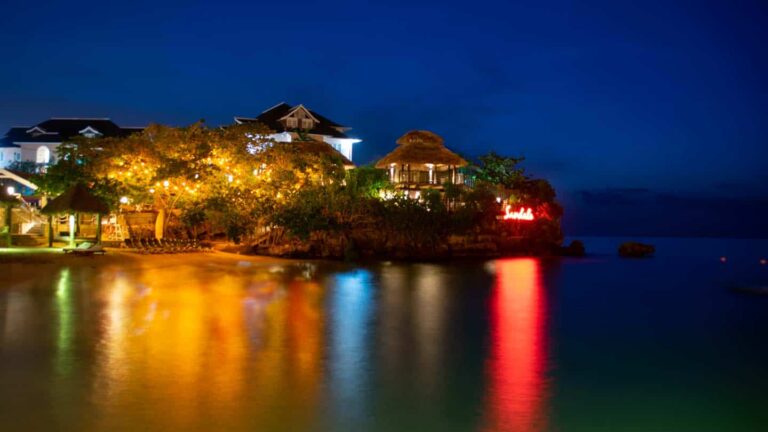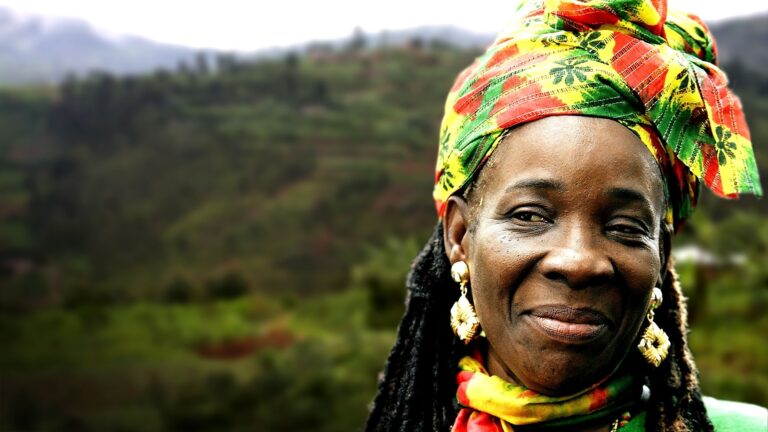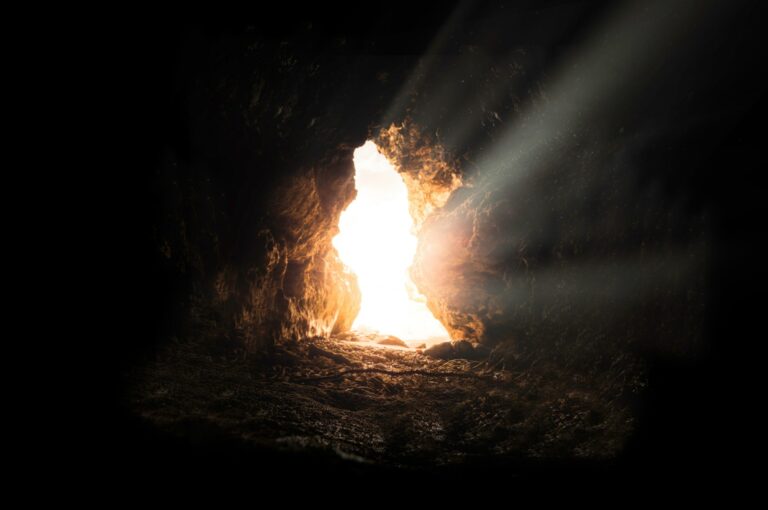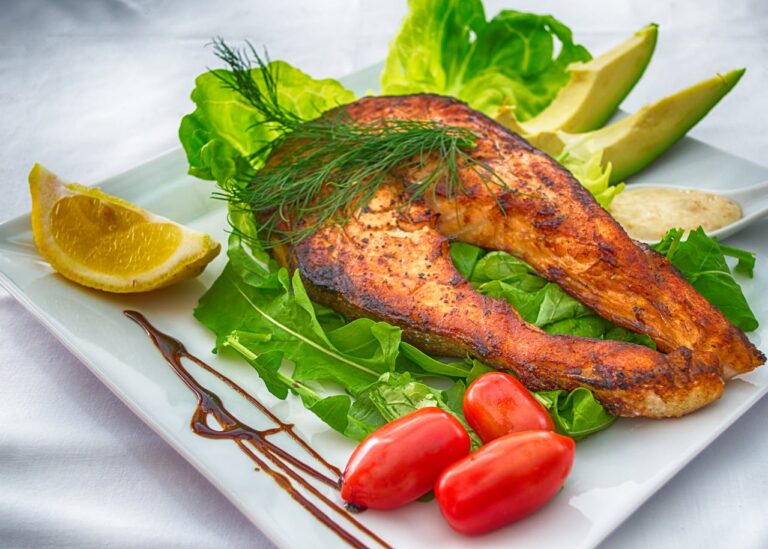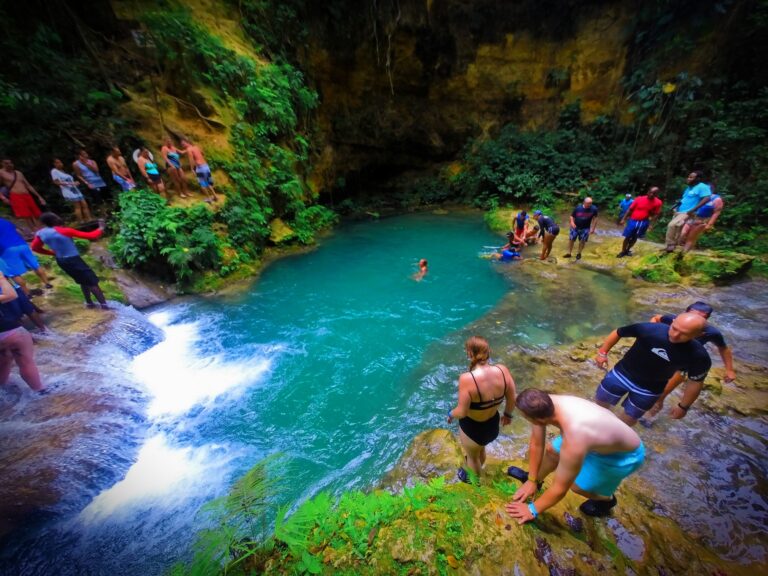Easter in Jamaica: A Celebration
Easter in Jamaica is a time of deep spiritual reflection, cultural traditions, and vibrant festivities. While the island is known for its stunning beaches, reggae music, and warm hospitality, Easter brings a unique blend of religious observances and local customs that make the season special for Jamaicans and visitors alike.
Religious Significance and Church Services
Jamaica is a predominantly Christian country, and Easter holds great religious significance. The week leading up to Easter Sunday, known as Holy Week, is marked by special church services, prayers, and fasting. Good Friday and Easter Monday are both public holidays, allowing families to gather and observe traditions together.
Good Friday is a solemn day of worship, with many churches hosting services that reflect on the crucifixion of Jesus Christ. Some congregations hold reenactments of the Passion of Christ, emphasizing the suffering and sacrifice of Jesus. Easter Sunday, on the other hand, is a joyous occasion celebrating the resurrection, with lively church services featuring gospel music, sermons, and an atmosphere of hope and renewal.
Bun and Cheese: The Iconic Easter Treat
No Easter in Jamaica is complete without bun and cheese. This beloved traditional snack consists of a spiced, fruit-filled loaf (Easter bun) paired with a thick slice of local cheddar cheese. The combination of sweet and savory flavors makes it a favorite among Jamaicans of all ages.
The tradition of eating bun and cheese during Easter is believed to have originated from the British hot cross bun, which was introduced during colonial times. Over the years, the Jamaican version evolved, incorporating local ingredients like molasses, nutmeg, and raisins, giving it a distinct taste that is now a hallmark of the season.
Kite Flying: A Fun Family Tradition
Another cherished Easter tradition in Jamaica is kite flying. During the Easter weekend, the skies are filled with colorful homemade kites of various shapes and sizes. Families and children gather in open spaces, such as beaches, parks, and school fields, to fly their kites high into the air. The activity is not only a fun pastime but also carries symbolic meaning, representing the ascension of Christ.
Beach Trips and Festivities
With the long Easter weekend providing time off from work and school, many Jamaicans take the opportunity to visit the beach. Popular spots like Hellshire Beach, Frenchman’s Cove, and Negril see an influx of families and friends enjoying the sun, sea, and sand. Music, dance, and food stalls add to the lively atmosphere, creating a festive environment that complements the religious aspect of Easter.
Easter Reggae Shows and Cultural Events
Jamaica’s vibrant music culture is often incorporated into Easter celebrations. Throughout the holiday weekend, various reggae concerts and cultural events take place across the island. Gospel concerts featuring local and international artists are also popular, blending spirituality with Jamaica’s rich musical heritage.
Reflection and Renewal
Easter in Jamaica is more than just a holiday; it is a time of reflection, togetherness, and renewal. Whether through religious services, the simple joy of sharing bun and cheese, or the excitement of flying kites, Jamaicans embrace the season with a sense of gratitude and celebration. For visitors, experiencing Easter in Jamaica offers a unique glimpse into the island’s rich traditions and warm, welcoming culture.
From the solemnity of Good Friday to the exuberance of Easter Sunday and beyond, Easter in Jamaica is a heartfelt celebration that reflects the island’s deep-rooted faith, love of community, and joyful spirit.





